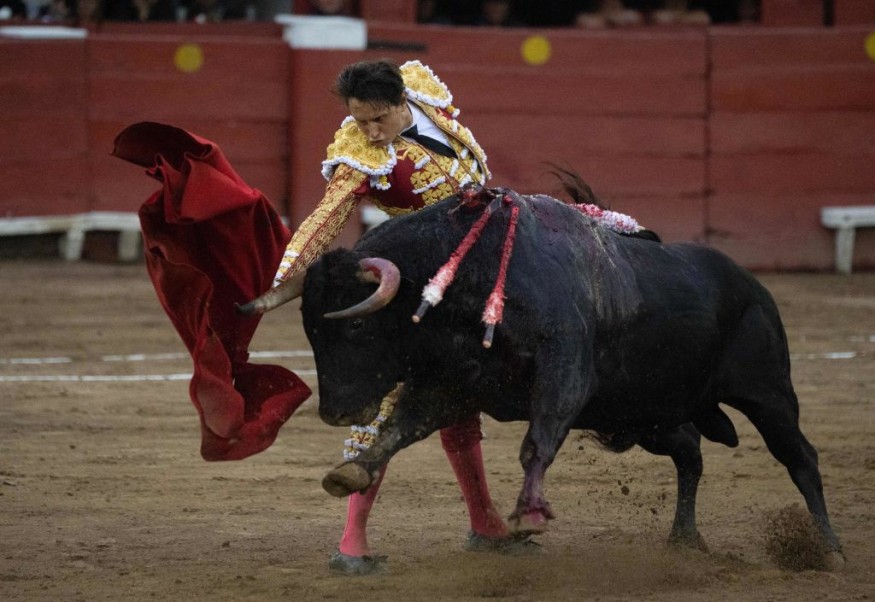Bullfighting in Peru: How Did the Traditional Bloodsport Start in the Andean Country?

Peru hosts one of the largest bullfight festivals, with the Andean country being the third-most important bullfighting nation in the world, following Spain and Mexico.
Bullfighting remains to be a controversial topic despite the cultural heritage it imparted to Peru. The country has over 500 smaller and larger bullfighting events annually.
It is also usually combined with other festivities, may it be religious or indigenous, according to Lima Easy. Typically, major events consist of celebrated and respected matadors coming to Peru from across the world.
In Peruvian tradition, the highlight of the bullfighting season comes in the so-called "Feria Taurina del Señor de los Milagros," happening every November for five consecutive Sundays in Lima.
Bullfighting in Peru
According to Humane Society International, around 250,000 bulls are killed in the physical contest of bullfighting.
Argentina, Cuba, and Denmark are among the countries that have already banned the sport by law. However, some countries like Peru and Mexico continue the tradition, among many other countries.
Despite the practice's prevalence in Peru, hundreds of anti-bullfighting activists consider the contest a "senseless and abhorrent blood sport."
On the other hand, proponents argue that bullfighting is an important part of the Peruvian tradition and culture. It even goes back to early Spanish colonial times.
Protests about the physical contest have resulted in Peru's Constitutional Tribunal stripping bullfighting of its tax-exempt "cultural" status, ruling it out as a commercial activity in 2004.
Bullfighting in Peru was introduced in the 16th century after the Spaniards colonized the country.
Famous Peruvian writer, Ricardo Palma, noted that the first bullfight in Peru occurred in 1958 at Lima's main square. The sport remained popular even after Peru was liberated from Spain in 1821.
Bullfighting as a Peruvian Tradition
Peruvians have incorporated a twist to the violent sport, with the Peruvian Blood Festival featuring a giant condor strapped to the back of an enraged bull while the crowd watches.
Peruvians see the spectacle as a symbolic role play that shows Peru's liberation from Spanish rule. However, conservationists also see it as another threat to one of the world's largest birds.
According to NPR, Andean people believe that the condor symbolizes the Inca nation, while the bull represents how the Spanish colonized the country.
Villagers also see the condor as an Andean god that has descended from the heavens to fight for their freedom.
How the condor performs in the physical fight between the two animals also has symbolic meaning. For instance, if any harm should come to the condor, it would mean that it is a bad omen for the year.
Condors have a dwindling population in Peru. It is not known how many condors are left in Peru, but it is generally believed that there are 600 to 1,000.
Condors have a 10-foot wingspan and a long lifecycle, which could reach 75 years in captivity. However, they reproduce slowly, hatching only one chick every other year.
This article is owned by Latin Post.
Written by: Mary Webber
WATCH: Bullfighting Returns to Historic Peru Arena - From FRANCE 24 English
Subscribe to Latin Post!
Sign up for our free newsletter for the Latest coverage!
© 2025 Latin Post. All rights reserved. Do not reproduce without permission.













